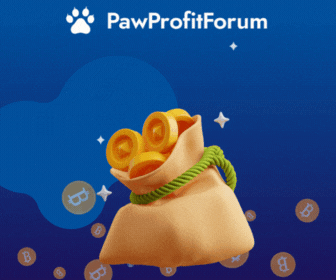What Is the $K Token Used For?
$K is the native utility and governance token of the Kinto network. It is used for:- Staking to earn USDC rewards
- Mining rewards for traders, stakers, and referrers
- Governance, including Nio elections and treasury proposals
- Collateralization in lending markets
- Smart wallet utilities, such as recovery, identity, and insurance
What Is the $K Token Used For?
$K is the native utility and governance token of the Kinto network. It is used for:- Staking to earn USDC rewards
- Mining rewards for traders, stakers, and referrers
- Governance, including Nio elections and treasury proposals
- Collateralization in lending markets
- Smart wallet utilities, such as recovery, identity, and insurance
How Many $K Tokens Are There in Circulation?
The $K token will list at the end of March 2025 with 15% of the supply unlocked at listing. All investors are fully locked until July 1, 2025 and the team is locked until October 2025 with long-term vesting schedules in place.$K has a total supply of 10 million tokens, with allocations for:
Insiders - 20% to the team - 25% to investors
Community - 20% to the treasury - 10% for community liquidity events - 25% for the mining program
Who Are the Founders of Kinto?
Kinto was co-founded by Ramon Recuero, a serial entrepreneur who previously founded Babylon finance and worked at YCombinator, Google and Zynga. Alongside a core team of developers and strategists with experience from projects like OpenZeppelin, Balancer and Babylon Finance.Kinto’s mission is to build the first exchange designed to meet the requirements of institutional-grade DeFi while empowering individuals through programmable wallets and sybil-resistant infrastructure.
Where Can You Buy $K?
$K will be available for trading on:- Uniswap (Arbitrum)
- CEXs to be announced
Kinto is a modular exchange and Ethereum Layer 2 (L2) designed for sybil resistance, KYC-native compliance, and smart contract wallets by default. It offers the performance and user experience of centralized exchanges (CEXs) while remaining fully non-custodial.
Kinto enables on-chain institutions and compliant capital to access decentralized infrastructure through a secure and scalable settlement layer. The platform supports trading, lending, staking, and perpetuals from a single unified smart wallet.Kinto is built to serve both institutional and retail users by offering:
- CEX-level user experience with DeFi security
- Built-in KYC, wallet recovery, and user protection
- Seamless trading across chains with integrated compliance
Key Features of Kinto
- Modular Architecture: Integrates Celestia for data availability and Espresso for decentralized sequencing
- Sybil Resistance: Native identity and compliance for secure, transparent on-chain participation
- Smart Wallets: Every user has a programmable wallet with gasless transactions, recovery, and protection
- Mining Program: Up to 33% of the $K supply distributed over 10 years through user-driven campaigns
- Unified Interface: Trade, lend, stake, and govern from a single, seamless interface
| Website | www.kinto.xyz |
| Website | docs.kinto.xyz/kinto-the-modular-exchange/general/litepaper |
| Socials | twitter.com/KintoXYZ |
| Socials | github.com/KintoXYZ/ |
| Socials | discord.gg/MYAgYEekYP |
| Contracts | 0x0107...364ed3 |
| Explorers | explorer.kinto.xyz/address/0x010700808D59d2bb92257fCafACfe8e5bFF7aB87 |
| Wallets | metamask.io/ |
| Wallets | phantom.app/ |
| Wallets | rabby.io/ |
| Wallets | wallet.coinbase.com/ |



